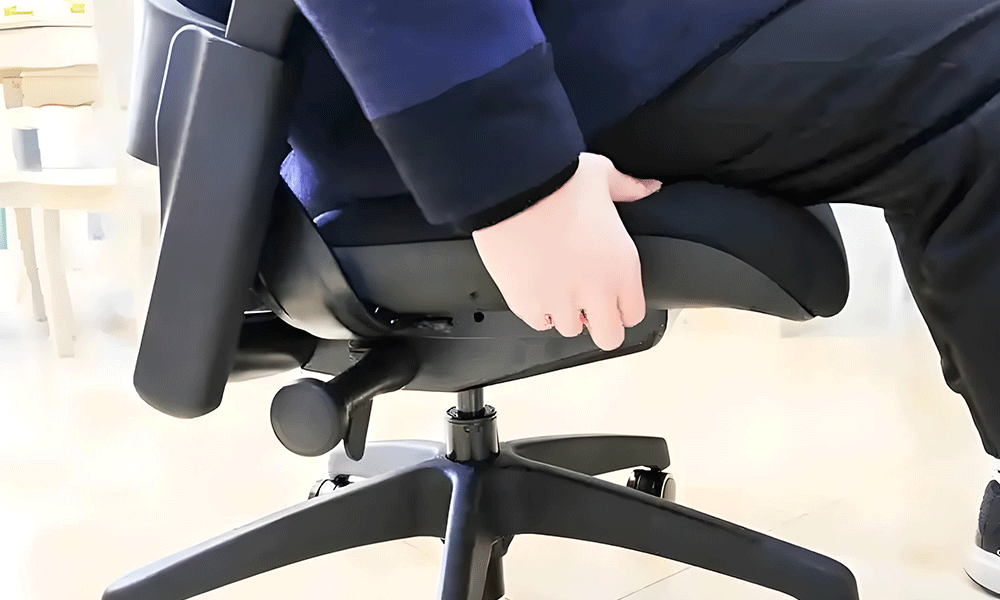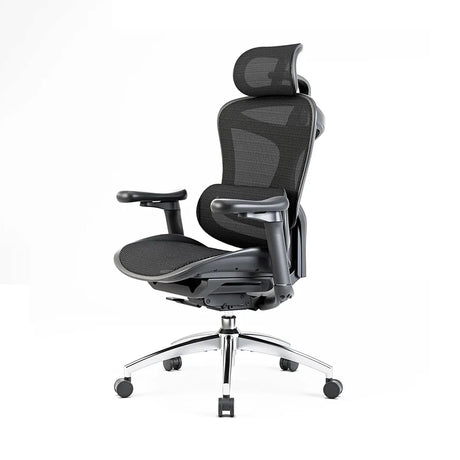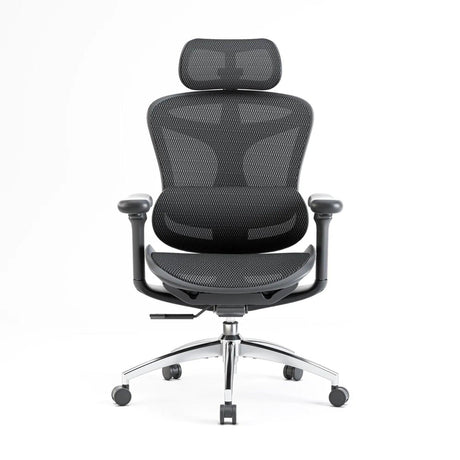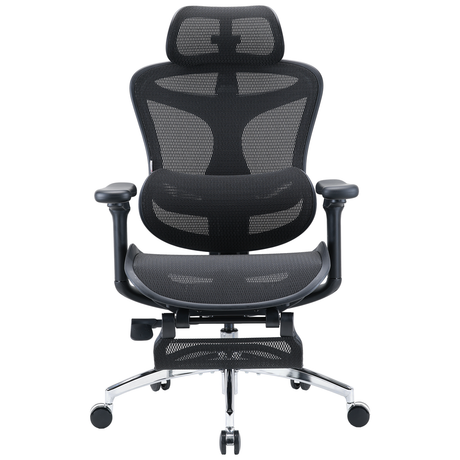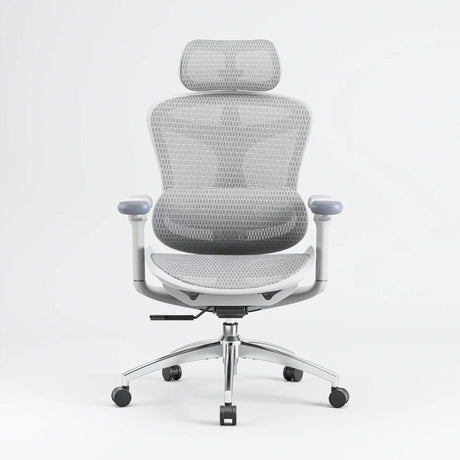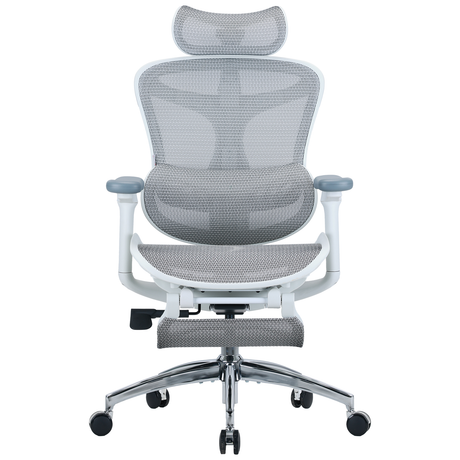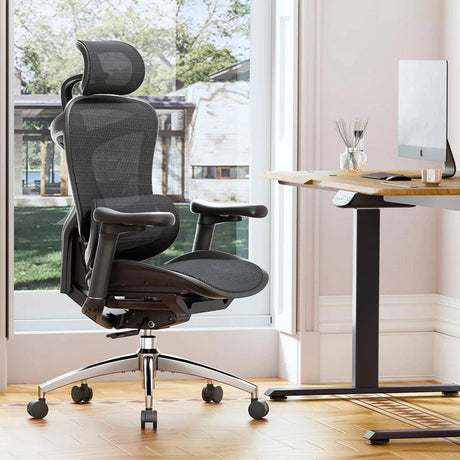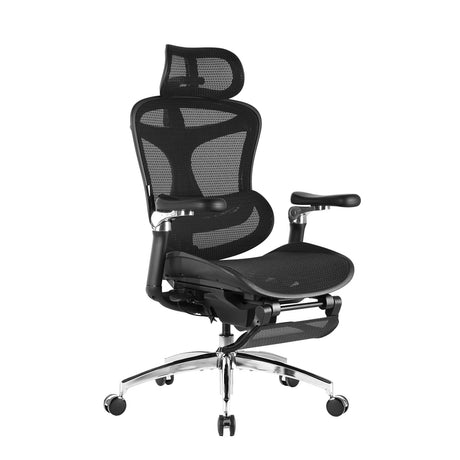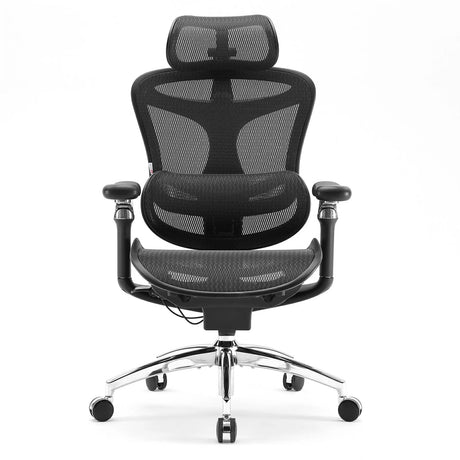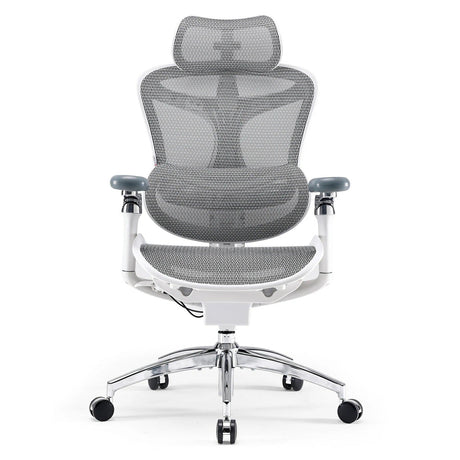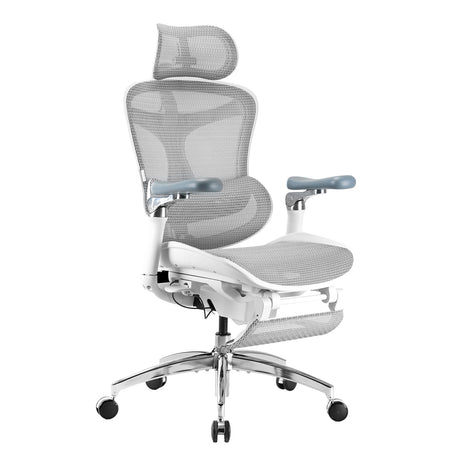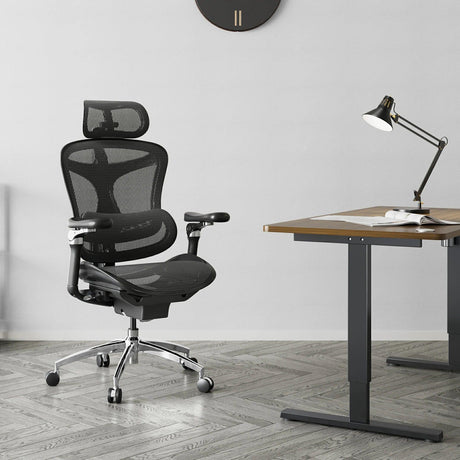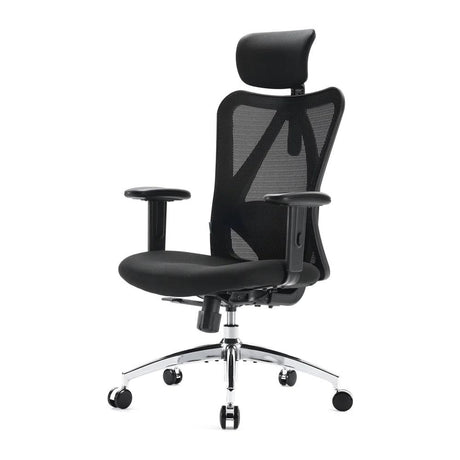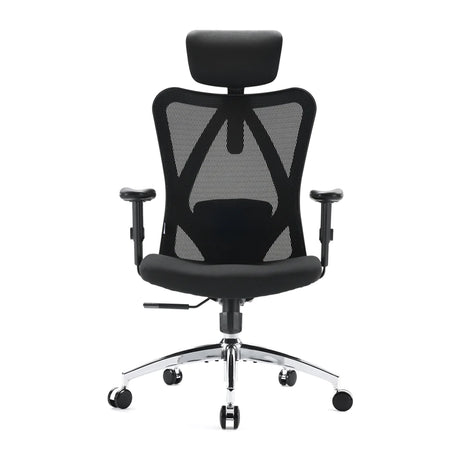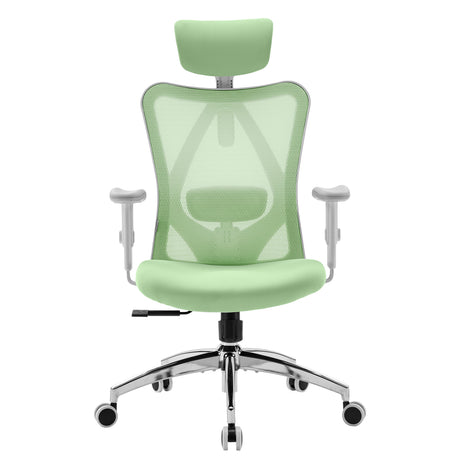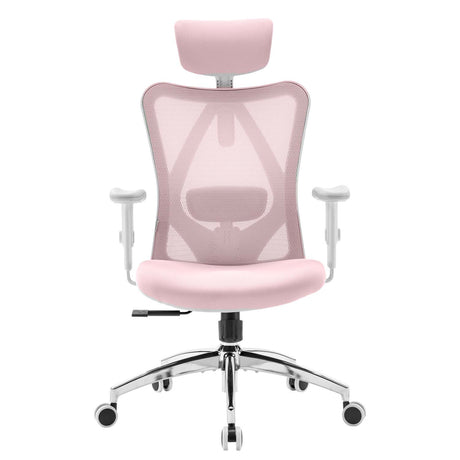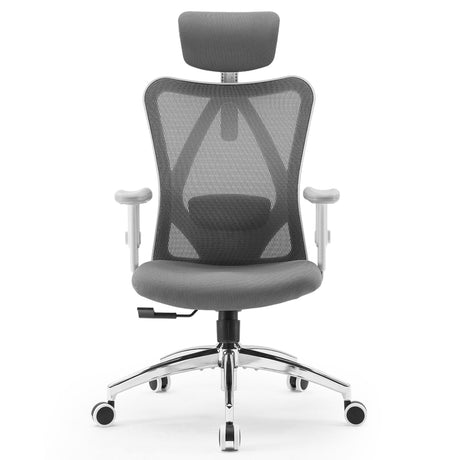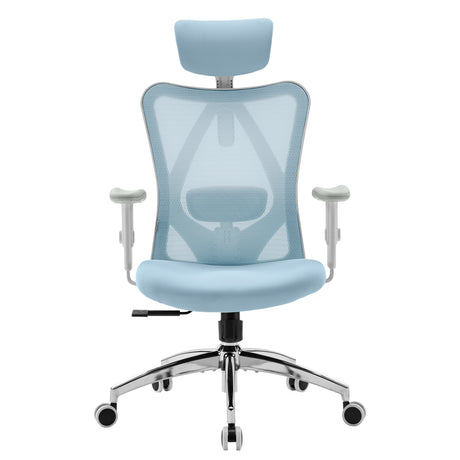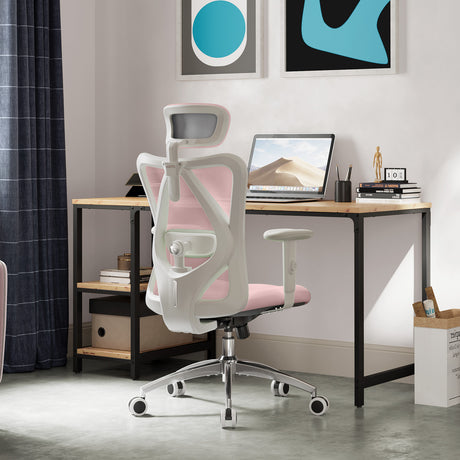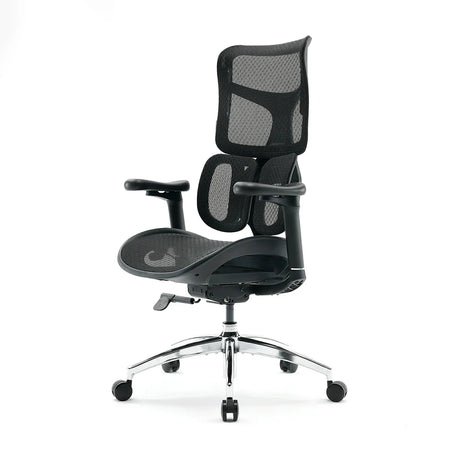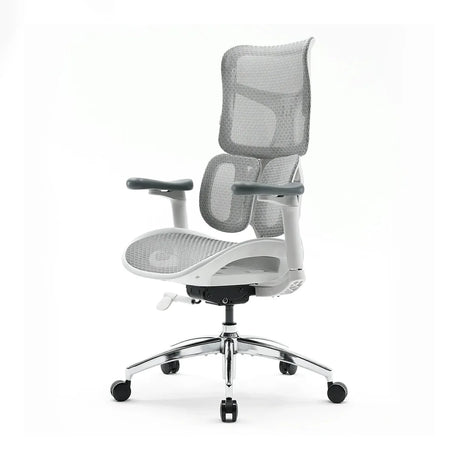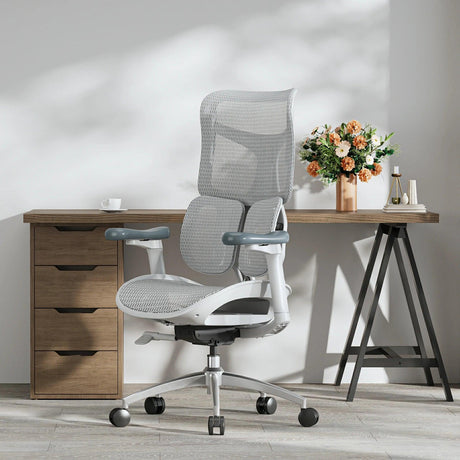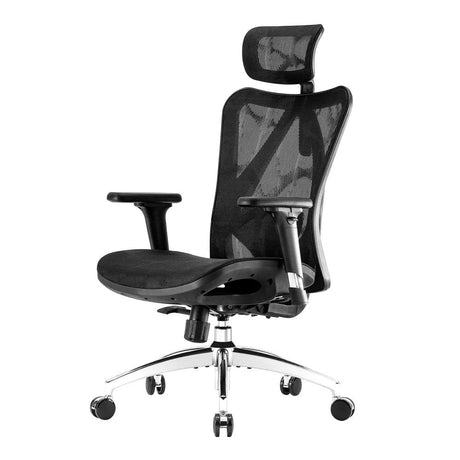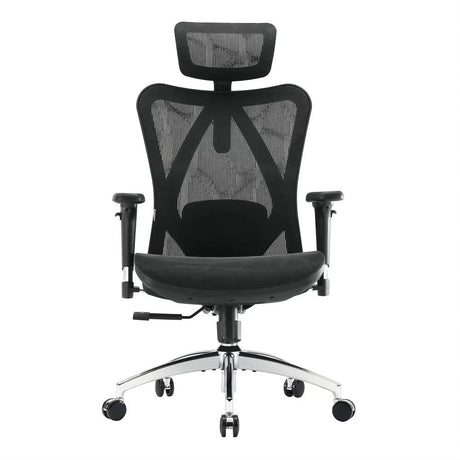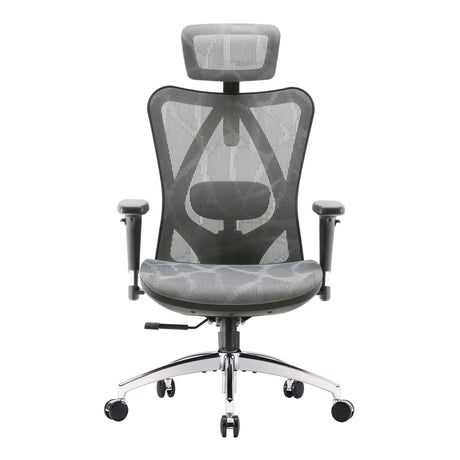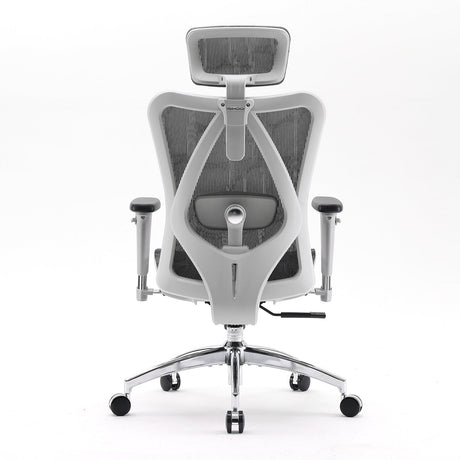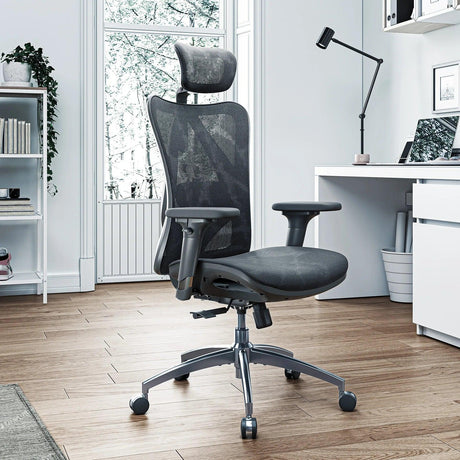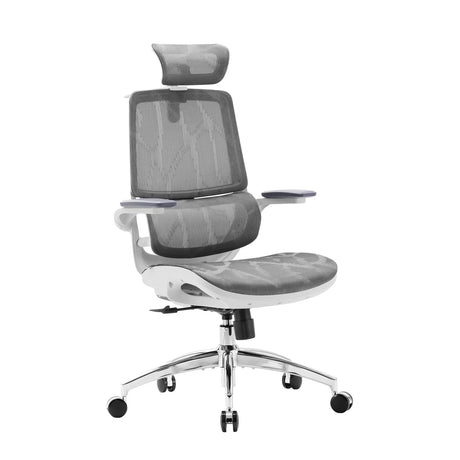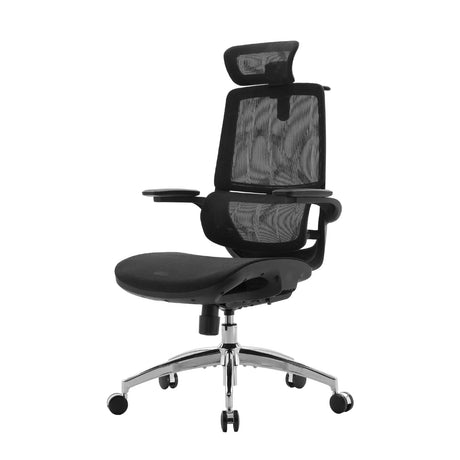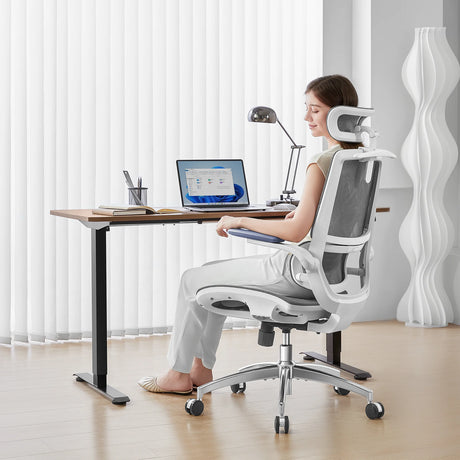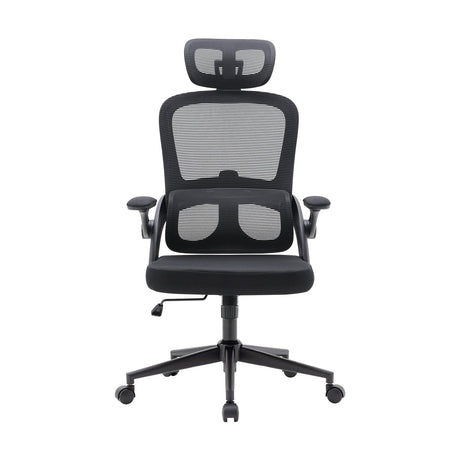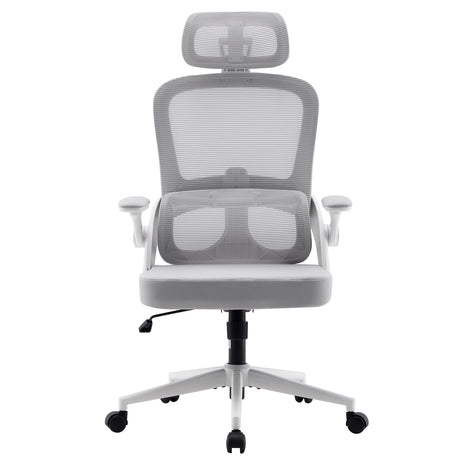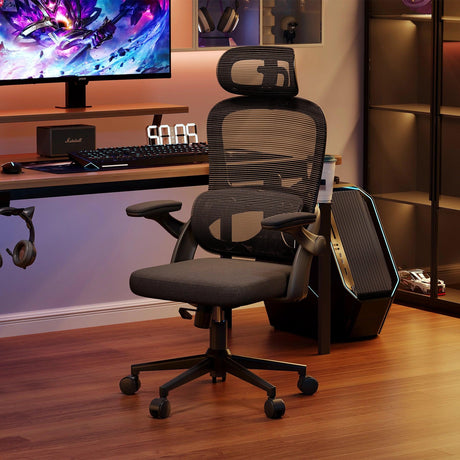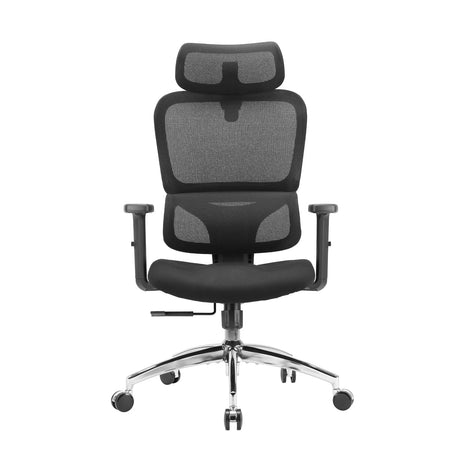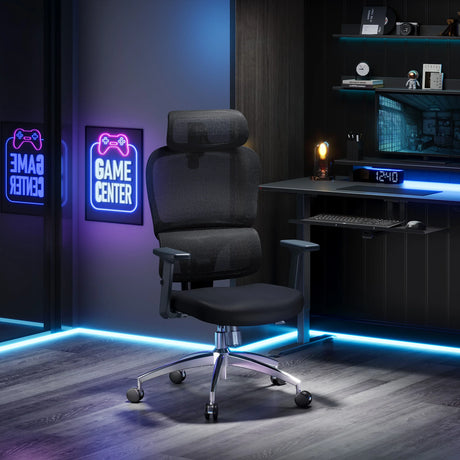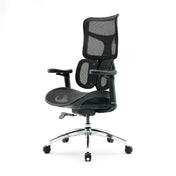If you’re someone who spends long hours sitting at a desk, you know how important it is to have your office chair properly adjusted for comfort and productivity. One of the most crucial adjustments you can make is fixing the height of your office chair. When the seat is set to the right height, it can help prevent back pain, reduce strain on your legs, and improve your overall posture. Here's everything you need to know about how to adjust your office chair height for the best ergonomic experience.
Why Is Office Chair Height Important?
Before diving into the "how-to," let’s first understand why chair height matters:
Proper Alignment: If your chair is too high or too low, it can throw your body out of alignment. This might lead to discomfort, poor posture, and potential long-term health issues like back and neck pain.
Leg Position: Your feet should rest flat on the floor when sitting. If they don’t, it can cause pressure on your thighs and knees, affecting circulation and leading to discomfort.
Desk Alignment: Your chair height should allow you to position your arms comfortably at the desk level. Too high or too low of a seat can lead to shoulder and wrist strain as you try to reach for your keyboard or mouse.
Now that you understand why it’s important, let's look at how to fix your office chair height.
Step-by-Step Guide to Fixing Your Office Chair Height
1. Sit in Your Chair
Start by sitting in your chair with your feet flat on the ground, and your knees bent at a 90-degree angle. Your thighs should be parallel to the floor.
2. Find the Seat Height Adjustment Lever
Most modern office chairs come with a seat height adjustment lever located beneath the seat. It’s usually located on the right side, although it might vary depending on the chair model. The lever is used to raise or lower the seat to your desired height.
3. Adjust the Chair Height
To raise the chair, lift your body slightly off the seat and pull up the lever. This will allow the seat to move upward. If you need to lower the chair, simply stay seated and lift your body slightly again while pulling the lever.
4. Test the Chair Height
Once you’ve adjusted the height, sit back down and check if your knees are still at a 90-degree angle. Your feet should be flat on the floor, and there should be enough space between the underside of your desk and your thighs to sit comfortably without any pressure.
Ideal Height: Your knees should be at or slightly below the level of your hips, with your feet flat on the floor (or on a footrest if necessary).
Desk Alignment: Your elbows should be at about a 90-degree angle when resting on your desk or keyboard. You don’t want to strain your shoulders by having to reach up or down to type or use your mouse.
5. Make Fine Adjustments
If your chair height feels comfortable but doesn’t align perfectly with your desk, make small adjustments to the chair or desk until everything feels right. The goal is to create a natural sitting posture that minimizes strain on your body.
6. Check Your Posture
After adjusting the height, make sure you maintain good posture while seated. Keep your back straight, shoulders relaxed, and feet flat on the floor. Your elbows should be close to your body when using your keyboard or mouse, and your wrists should remain in a neutral position.
Tips for Maintaining Chair Height and Comfort
Use a Footrest: If your feet don’t reach the floor comfortably even with the seat adjusted, consider using a footrest. This helps to maintain proper leg posture and reduce pressure on your thighs.
Regular Adjustments: If you share the chair with others, or if you adjust your desk frequently, be sure to recheck your seat height regularly. It’s easy to forget to make these adjustments, but over time, incorrect height can lead to discomfort.
Try Different Sitting Positions: Occasionally changing your sitting posture can help reduce strain. Experiment with adjusting the backrest and armrests to support a variety of positions throughout your workday.
Invest in a High-Quality Chair: Not all office chairs are created equal. Chairs with adjustable height settings, lumbar support, and well-padded cushions are essential for long-term comfort. Look for ergonomic designs, such as the Sihoo Doro Series, that offer multiple adjustment features to meet your needs.
Common Issues and How to Fix Them
Chair Won’t Stay at the Correct Height
If your chair sinks or won’t stay at the desired height, it may be due to a malfunctioning gas cylinder. The gas cylinder is responsible for the height adjustments. If it’s faulty, you may need to replace the cylinder or invest in a new chair.
The Chair Is Too High or Too Low Even After Adjusting
Some chairs have limited height adjustability. If you’ve reached the maximum or minimum range and the chair still doesn’t feel right, consider adding a footrest for better leg support or investing in a chair with a wider height range.
Uneven Height Adjustment
If the height adjustment lever doesn’t work smoothly or the chair feels uneven, check for any obstructions or debris under the chair. In some cases, a cleaning might be all that’s needed to fix the issue.
Conclusion
Fixing the height of your office chair is one of the easiest and most effective ways to enhance your comfort and productivity. By following these simple steps and ensuring your chair is adjusted to the right height, you can reduce the risk of discomfort and improve your posture. Keep in mind that ergonomic comfort doesn’t stop at height adjustments—don’t forget to consider other features like lumbar support, armrest height, and backrest tilt to create a truly supportive workspace. Happy sitting!
